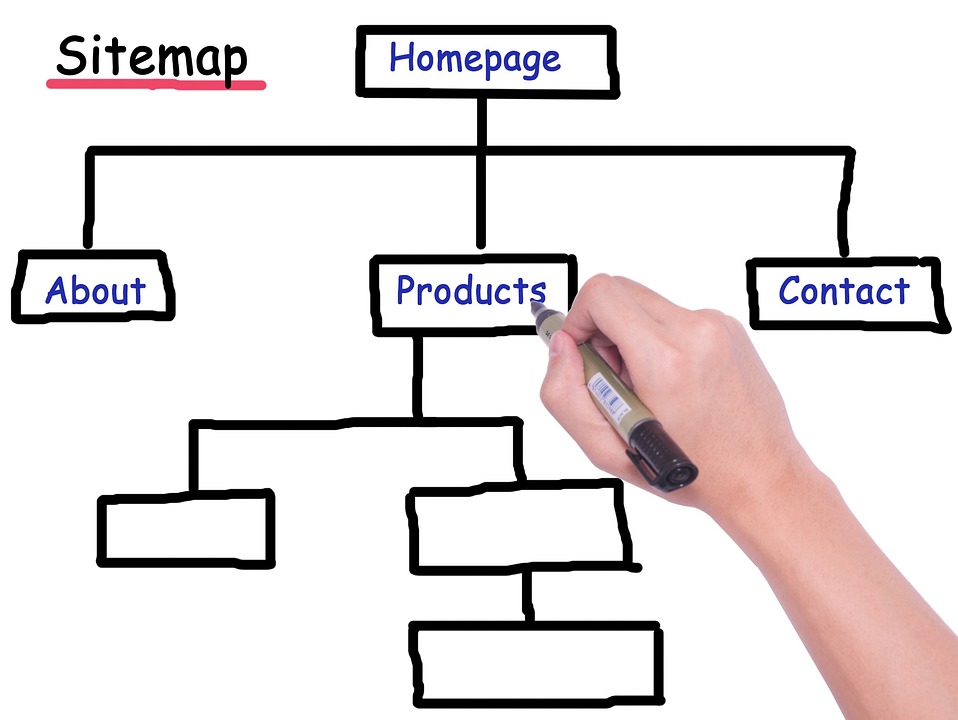In today’s fast-paced digital landscape, businesses are under constant pressure to deliver high-quality web applications rapidly and efficiently. Enter DevOps: a cultural and professional movement that emphasizes collaboration between software development (Dev) and IT operations (Ops). DevOps-focused web development not only enhances the speed of deployments but also fosters a seamless collaboration that elevates the entire lifecycle of application development. In this blog, we’ll explore the principles of continuous deployment, infrastructure automation, and the essential collaboration between development and operations teams, highlighting popular tools like Docker and Kubernetes.
Understanding Continuous Deployment
Continuous deployment is a key principle of DevOps that allows teams to release software updates more frequently and reliably. Unlike traditional deployment models, where deployment is a manual process often involving lengthy release cycles, continuous deployment automates the entire deployment pipeline.
Benefits of Continuous Deployment:
- Faster Release Cycles: Continuous deployment allows for smaller, incremental updates, making it possible to deploy changes multiple times a day.
- Quick Feedback Loops: Developers can receive immediate feedback on their code, enabling them to identify and resolve issues faster.
- Improved Product Quality: With constant testing integrated into the deployment pipeline, issues can be caught early, enhancing the overall quality of the application.
Implementation with CI/CD Pipelines
To implement continuous deployment effectively, teams leverage Continuous Integration/Continuous Deployment (CI/CD) pipelines. Tools like Jenkins, GitLab CI, and CircleCI facilitate this automation, ensuring that code is tested, built, and deployed seamlessly. By integrating automated testing into the CI/CD process, teams can reduce the risk of deploying buggy code into production.
Infrastructure Automation: The Backbone of DevOps
Infrastructure automation is another fundamental principle of DevOps that allows teams to manage IT resources in a highly efficient manner. Instead of manually configuring servers and network components, infrastructure as code (IaC) tools enable developers and operations teams to manage infrastructure through code.
Advantages of Infrastructure Automation:
- Consistency and Reliability: IaC ensures that environments are replicated accurately (be it development, staging, or production), minimizing the risk of configuration drift.
- Scalability: Automated provisioning using tools like Terraform or AWS CloudFormation allows organizations to scale infrastructure up or down as needed with minimal manual effort.
- Reduction in Manual Errors: Automating infrastructure deployment minimizes human error, leading to more stable and predictable environments.
Popular Tools for Infrastructure Automation
- Terraform: An open-source tool that allows you to define and manage infrastructure using declarative configuration language.
- Ansible: A powerful automation tool for IT tasks like configuration management and application deployment, using simple YAML syntax.
By incorporating these tools, teams can streamline their workflows and ensure that both infrastructure and applications are in sync at all times.
The Collaborative Power of Development and Operations Teams
One of the core tenets of DevOps is fostering collaboration between development and operations teams. In a traditional environment, these teams often work in silos, leading to misunderstandings and delays. DevOps encourages a cultural shift where teams operate cohesively, fostering open communication and shared responsibilities.
Key Elements of Successful Collaboration:
- Shared Goals: Establishing common objectives between developers and operations personnel ensures everyone is working towards the same outcomes, whether that’s faster deployments or improved reliability.
- Cross-Functional Teams: Creating teams that include members from both development and operations fosters a better understanding of each other’s challenges and workflows.
- Continuous Learning and Improvement: Implementing regular retrospectives and feedback loops allows teams to continuously optimize their processes and environments.
Tools that Enhance Collaboration
-
Docker: A containerization platform that enables developers to package applications into lightweight containers, while also ensuring that they run consistently across various environments. This helps bridge the gap between development and operations, as both teams can work with the same containerized environments, reducing "it works on my machine" issues.
- Kubernetes: An orchestration platform for managing containerized applications at scale. Kubernetes automates the deployment, scaling, and management of containers, enabling teams to focus on writing code rather than managing infrastructure. Its built-in monitoring and logging features enhance situational awareness for both development and operations teams.
Conclusion
DevOps-focused web development empowers organizations to enhance their deployment workflows through the principles of continuous deployment, infrastructure automation, and cross-functional collaboration. By leveraging tools like Docker and Kubernetes, teams can streamline their processes, improve communication, and ultimately deliver higher-quality applications faster.
As the digital landscape continues to evolve, embracing DevOps practices will not only benefit development and operations teams but will also enhance the overall customer experience, making it an essential strategy for businesses aiming to thrive in today’s tech-driven world.


